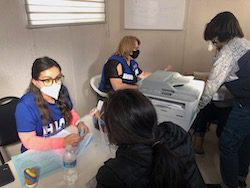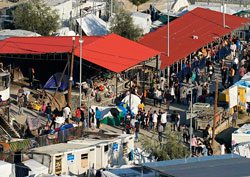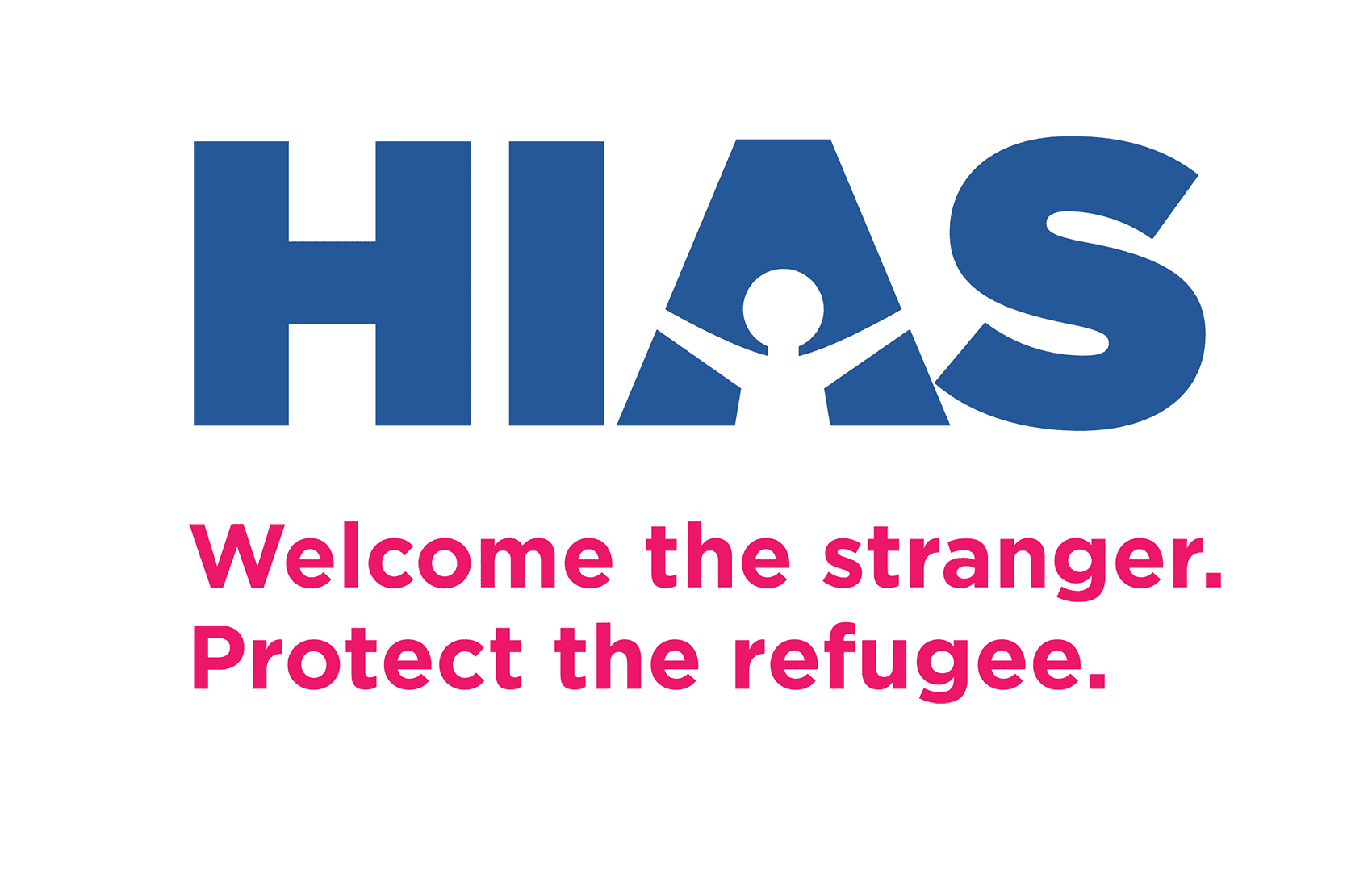Meeting the Schooling Needs of Unaccompanied Central American Children
By Jill Koyama, PhD
Dec 11, 2014

Now that the Obama administration has taken action on immigration relief for millions of immigrants in the U.S., the President’s attention should turn to the more than 66,000 unaccompanied children—mostly from Honduras, Guatemala and El Salvador—who were apprehended crossing the U.S.-Mexico border in the past 12 months.
These children are living in 150 shelters and detention facilities scattered throughout the country or with guardians across all 50 states. Most await deportation hearings, which are scheduled (on average) for 500 days after the child’s apprehension.
This means that many of these children will spend at least one year in U.S. schools, making this unprecedented wave of young people not only a humanitarian crisis but also an educational one. All children in the U.S.—including children awaiting hearings—are guaranteed education, but, while the federal government provides our schools with funding, it is insufficient to meet these children’s unique schooling needs.
Refugee children can be great resources for our schools. They offer unique transnational and indigenous perspectives. Many possess skills in survival and decision-making learned throughout their lives and their migration experiences. Most I have met are extremely determined and resilient.
But U.S. schools face the same challenges enrolling these young students as posed by the 750,000 school-aged refugee children already in our educational system. The Central American children, like other refugee kids, have been forced to migrate from regions riddled with persistent violence, organized crime, abject poverty, and high-pressure gang recruitment. They carry with them the traumas of their experiences.
In my studies I have seen that refugee children have unique needs as they enter U.S. schools. Refugee children, on average, tend to have less overall education and English language training than other immigrant groups. Most are identified as students with interrupted formal education and are designated as English language learners. Under No Child Left Behind, the broadest federal education policy, these two categories are of great consequence to schools that are challenged by decreasing budgets and increased accountability.
For refugee and unaccompanied children alike, U.S. schools need to provide academic support—bilingual education, targeted small group and individual tutoring, and extended learning time—as well as mental health support. According to a report from the United Nations High Commissioner for Refugees, more than half of the unaccompanied Central American children the agency interviewed "had suffered, been threatened, or feared serious harm." Many endured multiple traumas and now suffer from PTSD, anxiety, and depression.
Schools need to partner with local resettlement organizations, like HIAS’ U.S. resettlement network, to create adequate social, academic, and health support systems. Additionally, all of us must push for policies that include substantial provisions for bilingual education.
With the right support and policies in place, Central American children and many other migrant and refugee students living within our borders can provide tremendous added value to our nation’s schools.
Jill Koyama, PhD, is an anthropologist and faculty member in Educational Policy Studies and Practice at the University of Arizona. Her work centers on refugee and immigrant education, and she has volunteered with an upstate New York HIAS partner. Her partner’s family was resettled in the U.S. by HIAS in 1950.





